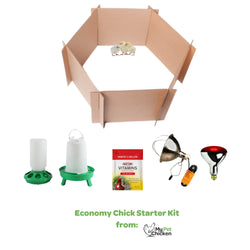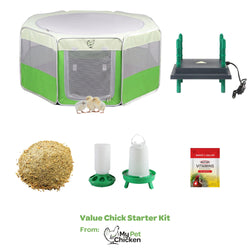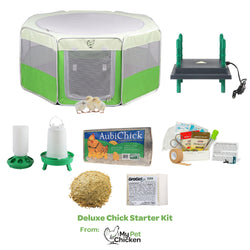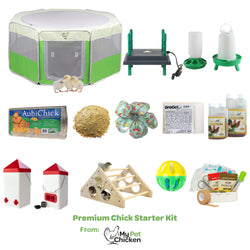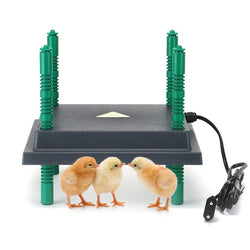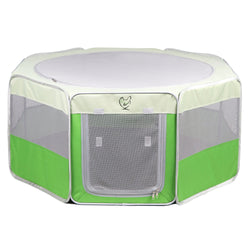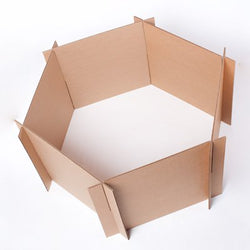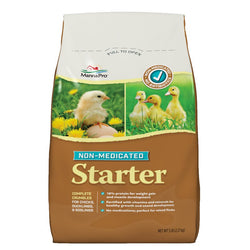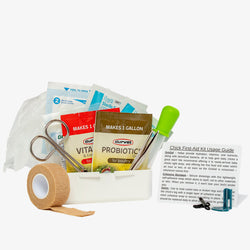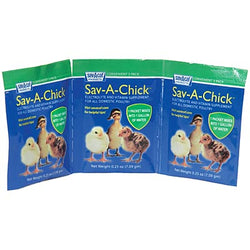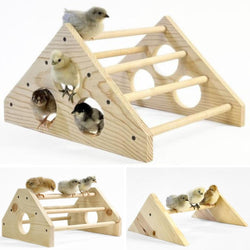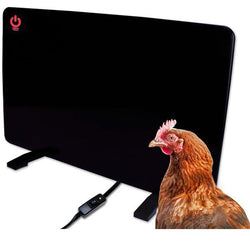How to care for baby quail: A comprehensive guide
Back to blog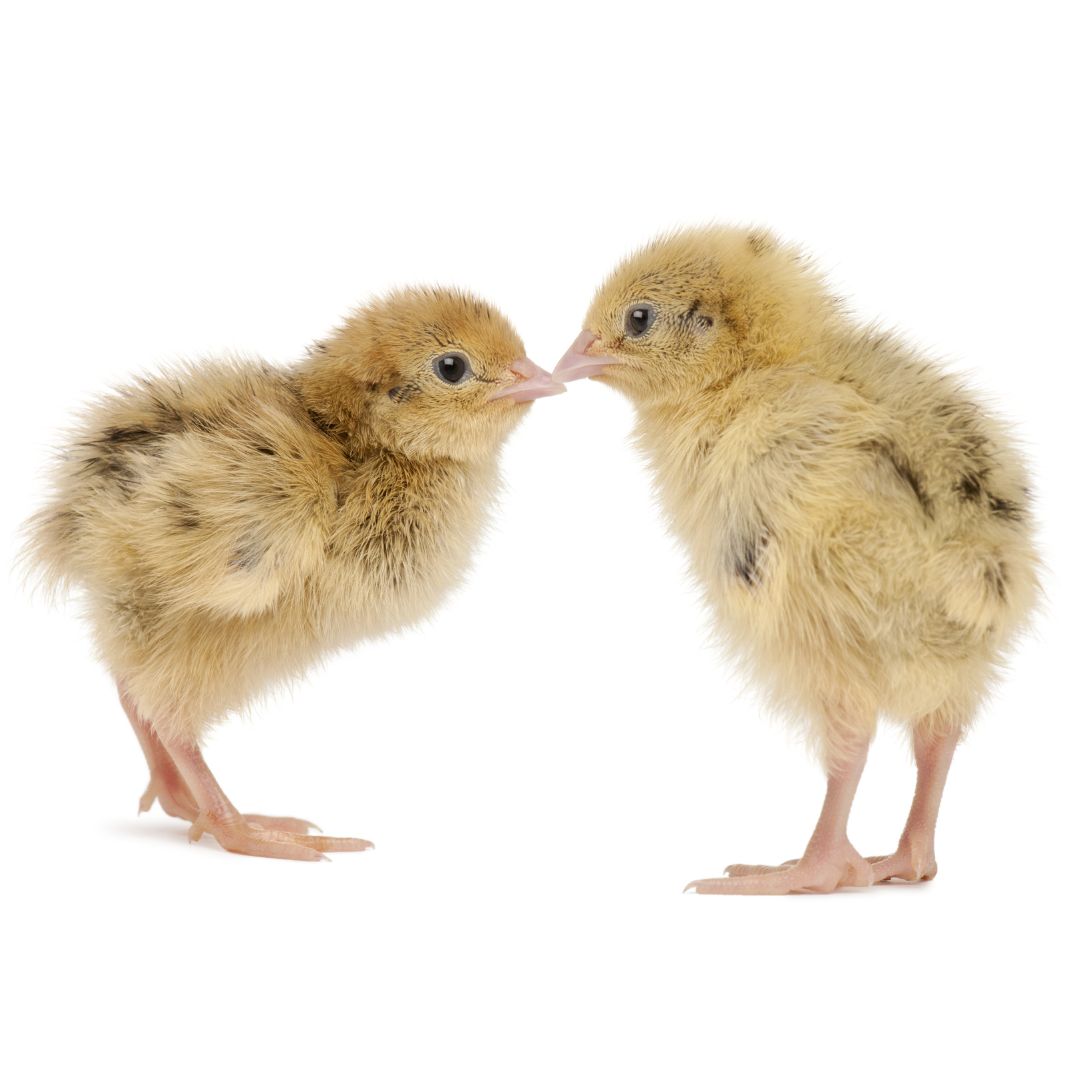
Keeping and raising baby quail can be a rewarding and enjoyable experience. These small, fascinating birds are not only adorable but also relatively easy to care for. However, they do require specific attention and care during their early stages of life. Here is the information you need learn how to care for baby quail, ensuring their health, well-being, and successful growth.
Setting up the brooder:
Before bringing home baby quail, it's essential to set up a suitable brooder. A brooder is a controlled environment that mimics the natural warmth and protection provided by a mother quail. Therefore to mimic a mother quial, you'll need a brooder box or cage with ample space to accommodate the quail comfortably. Line the bottom with paper towels or pine shavings to provide a clean and absorbent surface.
Set up a brooder box or a small, enclosed area with enough space for the chicks to move around. Add recomended brooder space.
Tempurature and Warmth:
Maintaining the right temperature is crucial for the well-being of baby quail since they cannot regulate their body tempurature effectively. The brooder temperature should start around 95°F during the first week and gradually decrease by 5°F (3°C) each week until it reaches the ambient room temperature. Use a heat source that provides constant warmth, such as a heater plate. Place a thermometer in the brooder to monitor the temperature and make adjustments as needed.
Feeding and Hydration care for Baby Quail:
Provide the chicks with a high-quality starter feed specifically formulated for quail or game birds. The feed should have a protein content of around 25-28% to support their rapid growth. Add info about grinding food.
To encourage proper hydration, dip the quail's beaks gently into clean water when you introduce them to the brooder. You can use shallow water dishes or small waterers designed for baby quail. Monitor the water levels regularly to ensure a constant supply of clean water. Add info about using pebbles in the watrerer.
Bedding and Cleaning:
Line the brooder with clean, dry bedding such as paper towels, pine shavings. Avoid using cedar shavings, as they can be harmful to quail chicks. The bedding should be absorbent and easy to clean.
Maintain a clean brooder by regularly removing soiled bedding, uneaten feed, and any wet areas. Dirty conditions can lead to the spread of disease and affect the chicks' health.
Monitor and adjust care as needed for baby quail:
Monitor and Adjustment: Regularly monitor the chicks to ensure they are eating, drinking, and active. Watch for any signs of illness, such as lethargy, lack of appetite, or unusual droppings. If you notice any concerns, consult a veterinarian experienced in avian care. Regularly monitor the baby quail for any signs of illness or distress. Look for changes in appetite, abnormal droppings, or lethargy. If you notice any concerning symptoms, consult a veterinarian with experience in avian care.
Space Requirements when caring for baby quail:
Space and Socialization: As the chicks grow, provide them with enough space to move around comfortably. Introduce enrichment items like perches or small toys to encourage physical activity. If you have multiple chicks, ensure they have enough space to establish a pecking order without excessive aggression.
Socialization and Enrichment:
Quail are social birds, so it's important to provide them with socialization and mental stimulation. Consider raising multiple quail together to prevent loneliness. Ensure that the brooder has enough space for them to move around comfortably and engage in natural behaviors.
Provide small toys or items that offer mental stimulation, such as branches, pebbles, or small mirrors. This will help prevent boredom and encourage their natural instincts.
Growth and development:
As the quail chicks grow, adjust their feed according to their nutritional requirements. Follow the instructions on the feed packaging for appropriate feeding amounts and gradually transition them to a grower or developer feed.
Outdoor exposure:
Once the quail chicks are fully feathered and the weather is suitable, consider introducing them to an outdoor enclosure or a protected area where they can enjoy natural sunlight, fresh air, and space to forage.
By providing a warm, clean, and nurturing environment along with appropriate nutrition, you can help your baby quail thrive and grow into healthy adult birds.
Gradual introductions:
If you plan to integrate the quail chicks into an existing adult flock, do so gradually to minimize stress and potential aggression. Provide a separate area within the existing enclosure where the chicks can see and hear the adults while still being protected.
Caring for baby quail can be a rewarding experience if you provide them with the right environment, nutrition, and care. Remember to maintain a suitable brooder with proper temperature and lighting, feed them a balanced diet, and ensure cleanliness and hygiene. Additionally, offer socialization and mental stimulation to promote their well-being. By following these guidelines, you
